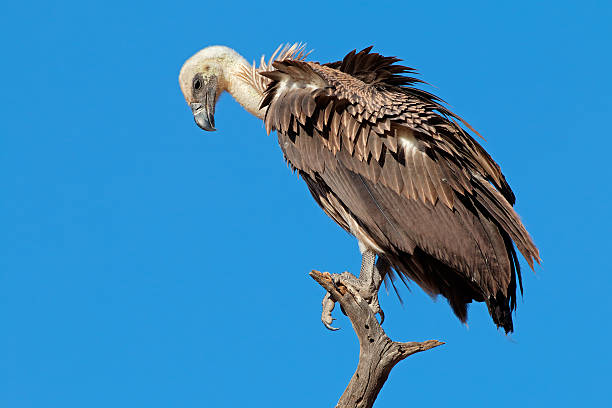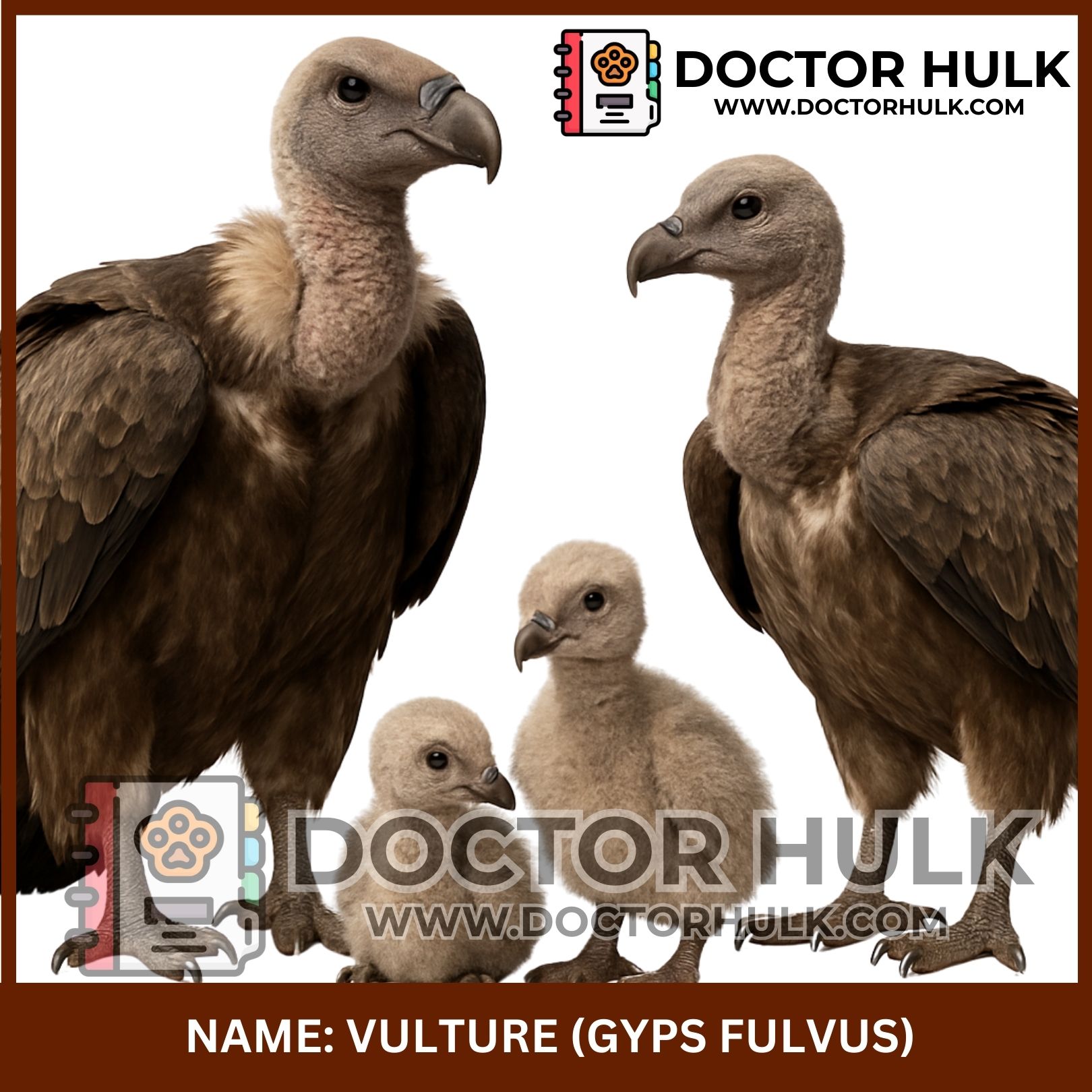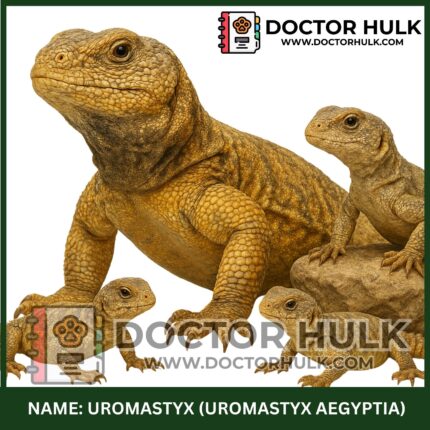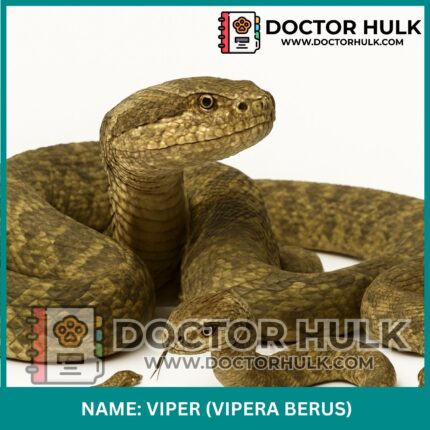When some people hear the word vulture, they often think of death. But these birds are not scary, they are essential to nature. A vulture is a large bird of prey best known for feeding on dead animals, a behavior called scavenging. They actually contribute to nature by cleaning up carcasses and helping prevent the spread of disease.
Scientific Classification
-
Kingdom: Animalia
-
Phylum: Chordata
-
Class: Aves
-
Order: Accipitriformes (Old World Vultures)
-
Family: Accipitridae
-
Order: Cathartiformes (New World Vultures)
-
Family: Cathartidae
There are two main groups of vultures:
-
Old World Vultures: found in Africa, Europe, and Asia
-
New World Vultures: found in North, Central, and South America
They look similar but are not closely related, a great example of “convergent evolution.”
Common Names
-
Vulture (general name)
-
Scavenger bird
-
In Yoruba: Igún
-
In Hausa: Ungulu
-
In Igbo: Ugo nwuru anwụ (the eagle of the dead)
-
In Hindi: Giddh
Geographic Distribution
Vultures live on every continent except Australia and Antarctica. You’ll find them:
-
In savannahs, forests, mountains, deserts
-
Near animal migration routes or human settlements
-
In national parks and open fields
Physical Characteristics
-
Size: Medium to large (some with 2.5-meter wingspan!)
-
Wings: Long and wide for soaring effortlessly
-
Neck: Often bald to stay clean while feeding
-
Beak: Strong and hooked to tear meat
-
Vision: Excellent, they can spot a carcass from kilometers away
 Image showing vultures circling high in the sky over the savannah (Source: Shutterstock)
Image showing vultures circling high in the sky over the savannah (Source: Shutterstock)
Species of Vultures
Here are some major vulture species from around the world:
1. Griffon Vulture (Gyps fulvus)
-
Found in Europe, North Africa, and Asia
-
Pale body with brown wings and a long neck
-
Often seen soaring in groups
 Image showing a griffon vulture gliding above a canyon cliff (Source: iStock)
Image showing a griffon vulture gliding above a canyon cliff (Source: iStock)
2. White-Backed Vulture (Gyps africanus)
-
Common in sub-Saharan Africa
-
Brown body with white lower back
-
Critically endangered due to poisoning and habitat loss
 Image showing a White-backed vulture perched on a tree branch in the savannah (Source: iStock)
Image showing a White-backed vulture perched on a tree branch in the savannah (Source: iStock)
3. Hooded Vulture (Necrosyrtes monachus)
-
Small African vulture with a pink bald head
-
Often found near villages and garbage sites
-
Also endangered
 Image showing a hooded vulture walking through grass (Source: Shutterstock)
Image showing a hooded vulture walking through grass (Source: Shutterstock)
4. Lappet-Faced Vulture (Torgos tracheliotos)
-
One of the largest African vultures
-
Strong beak to tear through tough hides
-
Dominant at carcass sites
 Image showing a Lappet-faced vulture facing the camera with wings spread wide (Source: Etsy)
Image showing a Lappet-faced vulture facing the camera with wings spread wide (Source: Etsy)
5. Turkey Vulture (Cathartes aura)
-
Found in the Americas
-
Red bald head like a turkey
-
Has a keen sense of smell, unlike Old World vultures
 Image showing a Turkey vulture with wings spread while standing on a fence post (Source: Flickr)
Image showing a Turkey vulture with wings spread while standing on a fence post (Source: Flickr)
Fun facts about Vultures
-
Vultures can digest dangerous bacteria like anthrax and botulism without getting sick
-
They don’t kill animals, they only eat animals that are already dead
-
Their acidic stomachs help stop disease from spreading
-
Some vultures pee on their legs to cool off and kill germs
-
They soar without flapping for long distances, saving energy
Importance to the Ecosystem
Vultures help to keep the ecosystems clean:
-
Prevent the spread of disease by removing dead animals
-
Control fly and stray dog populations
-
Help to recycle nutrients back into the soil
Without vultures, carcasses would rot for longer and attract dangerous pests.
Threats to Vultures
Vultures face serious dangers:
-
Poisoning from carcasses laced with pesticide or used to kill predators
-
Loss of habitat due to farming, logging, and urban development
-
Power lines and electrocution
-
Illegal trade for body parts in traditional medicine
-
Diclofenac poisoning, a painkiller used in livestock that kills vultures who eat the treated meat
Conservation Status
Many vulture species are Critically Endangered, especially in Africa and South Asia.
Vulture vs Eagle
| Feature | Vulture | Eagle |
|---|---|---|
| Diet | Carrion (dead animals) | Live prey (hunting) |
| Head | Bald (for hygiene) | Feathered |
| Beak | Hooked for tearing flesh | Hooked for gripping prey |
| Image in Culture | Often misunderstood or feared | Seen as brave and noble |
| Role in Nature | Clean-up crew | Predator and hunter |
For wildlife support or to report injured birds, you can reach out to us at Doctor Hulk Veterinary Hospital, or cal us through 08143397614.














Reviews
There are no reviews yet.